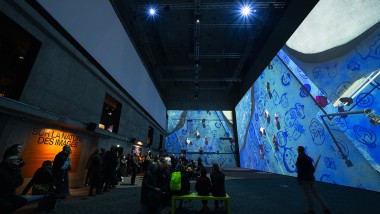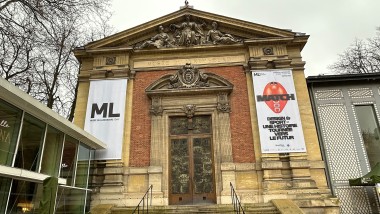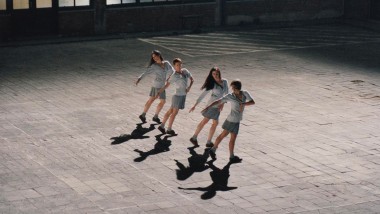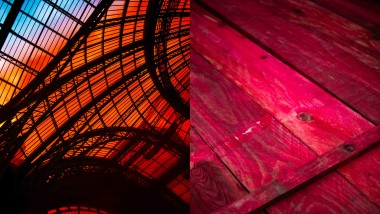
Painting, portraits
14th-15th century: the birth of the portrait
In painting, representation of identifiable people developed late. In the 14th century, Italian painters like Giotto di Bondone began to individualize their characters. Gradually, those who commissioned religious works appeared in the compositions. But it was only at the beginning of the 15th century that portraiture became a separate genre. It developed principally in Florence and Flanders. In Italy, famous people were often represented as a bust. The background developed rapidly: initially neutral or decorative, in the Gothic tradition, it then began to depict an interior or a landscape. The early Flemish painters, meanwhile, painted their subjects with great realism. Following Jan Van Eyck’s example, they placed them in their domestic surroundings.
16th century: the development of court portraiture
In the 16th century, Venice imposed an international style on portraits, under the influence of Giorgione and Titian, who painted both Francis I and the Holy Roman Emperor Charles V. For this art form was transformed in this period into essentially a court art. Great painters practised it, without however devoting themselves to it exclusively. Others made it their speciality, to the point of sometimes being appointed “the king’s painter”. In the 17th century, Petrus Paulus Rubens and above all Antoon Van Dyck, in England, overhauled the formulas for royal portraits. They brought to them a liveliness sometimes absent from ceremonial paintings. Poses became more diverse. The overall composition contributed to promoting the qualities of the monarch. In England, the craze for portraits became so fierce that rich merchants no longer hesitated in commissioning them. The fashion swept Europe, including France, although the practice was not classified by the Academy there as being among the noble genres (which were historical painting, mythological painting and allegories).
18th century: the Golden Age
In the 18th century, portraiture experienced a Golden Age. While great men continued to commission their portraits, intimacy and sensitivity came to the fore. Representations of the family and childhood became more common. The representation of theatre people also became a favourite theme. A more psychological approach to individuals also emerged. Alongside painting, the fashion for portraits in pastel experienced unprecedented growth, under the influence of Quentin de La Tour. He often only depicted the head of the model who, whatever his or her social position, is always represented in an expressive and in-depth way.
19th century: the decline
In the early 19th century, all the major painters practised portraiture, whatever their favourite style or themes. Portraits in oil were more successful than any before them and formats became larger. But the pictorial revolution at the end of this century also modified the appeal and the very nature of the genre. Whereas artists continued to produce portraits, the focus changed. The genre became a pretext, a means just like any other of determining the painter’s attitude to the real world, society and art. Figurative art was radically changed as photography was now capable of recording an accurate image of the subject.


Design goes the extra mile for sport! The trailer for the next exhibition at the Musée du Luxembourg
Article - 11 March 2024
‘Rosas Danst Rosas', A contemporary dance by Anne Teresa De Keersmaeker in response to Stein
Article - 24 January 2024

